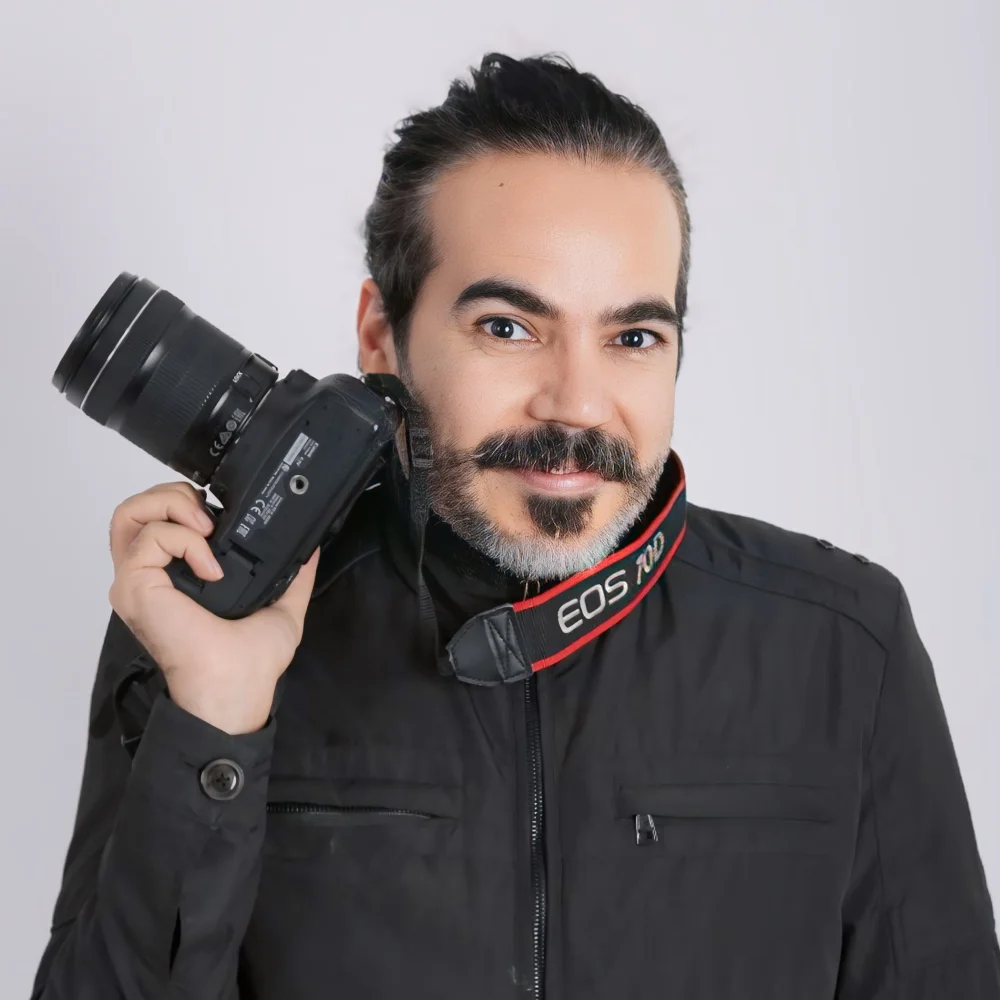Alireza Bagheri Sani is an Iranian photographer celebrated for his expertise in minimalism and storytelling. With over eight years of experience, he combines technical skills with a distinct artistic vision. Alireza earned his filmmaking degree from the Iranian Youth Cinema Society (2018) and a certificate in Cinema Direction from Hillaj Film School (2001). His work spans various styles, including conceptual, street photography, and landscapes.
Notable achievements include:
- Gold Award at the World Master of Photography (WMPO) 2023.
- First Place for "No.3" at the ColorPro Award 2022, acclaimed for blending minimalism and surrealism.
- Second Place at the International Photography Awards (IPA) 2021.
- Winner at the London International Creative Competition (LICC) with the "Minimal Cargo" series, highlighting beauty in everyday scenes.
His dedication to minimalism reflects a focus on simplicity, removing distractions to emphasize the subject's essence. Alireza's work challenges conventional perspectives, transforming ordinary sights into compelling compositions recognized globally for innovation and depth.
Awarded Photographer of the Week - Week 16
